- Interview
- 01/14/2021 @ 2:02 PM
Art is a language that lets us attempt to comprehend forces of nature that can seem so large and looming that they defy our ability to hold them in our minds. The work of Piotr Szyhalski, particular his Covid Reports projects, does an incredible job of confronting these forces, as well as humanities darker tendencies, with bold and meaningful prints. This conversation is one of my favorites to date. Please add him on Instagram for context and then let's dive in.
So- first off do you mind introducing yourself to the readers? Your name, where you are based, and the medium you work in in your own words.
I'm Piotr Szyhalski / Labor Camp originally from Poland, currently living and working out of Minneapolis, MN, USA. I work with many forms of media. My personal approach to art making is rooted in the belief that every idea has its own best/optimal medium in which it needs to be executed, and that part of the process is figuring out what that specific formal language is. Based on that, over the years, I've worked with photography, interactive media, sound, installation, performance, and a variety of printmaking modes... etc. really: whatever is needed.
For the COVID Report project, what, in my perspective, was needed, was the language of poster design. Especially with the healthy dose of historical roots/references that anchored it squarely in the crudeness of propaganda, and allowing me to “disintegrate” the manipulative visual language of it.



That’s one of the things I love so much about that series. Even the color pallet is stark and leaps off the page, there’s nothing to distract from the message of each piece. And those propaganda references really hit deep and give additional weight to the work. The concepts are often clever, with language and with visual play. How does that process unfold when you come up with a concept to design?
Because the project unfolded daily over nearly 8 months, I had an opportunity to develop some unique strategies. That said, there is something to be said about the very basic concept of a routine. Or practice. A certain creative rhythm that emerges from the sustained focus.
I consider myself very lucky, or perhaps privileged, to be able to carve out so much time to this work. It was a lucky combination of summer break from school, and the lockdown itself that produced my burial impetus for the project. I would say that on average I ended up spending between 4-10 hours each day on the project. This was easier during summer, but presented some challenges when I simultaneously kept teaching.
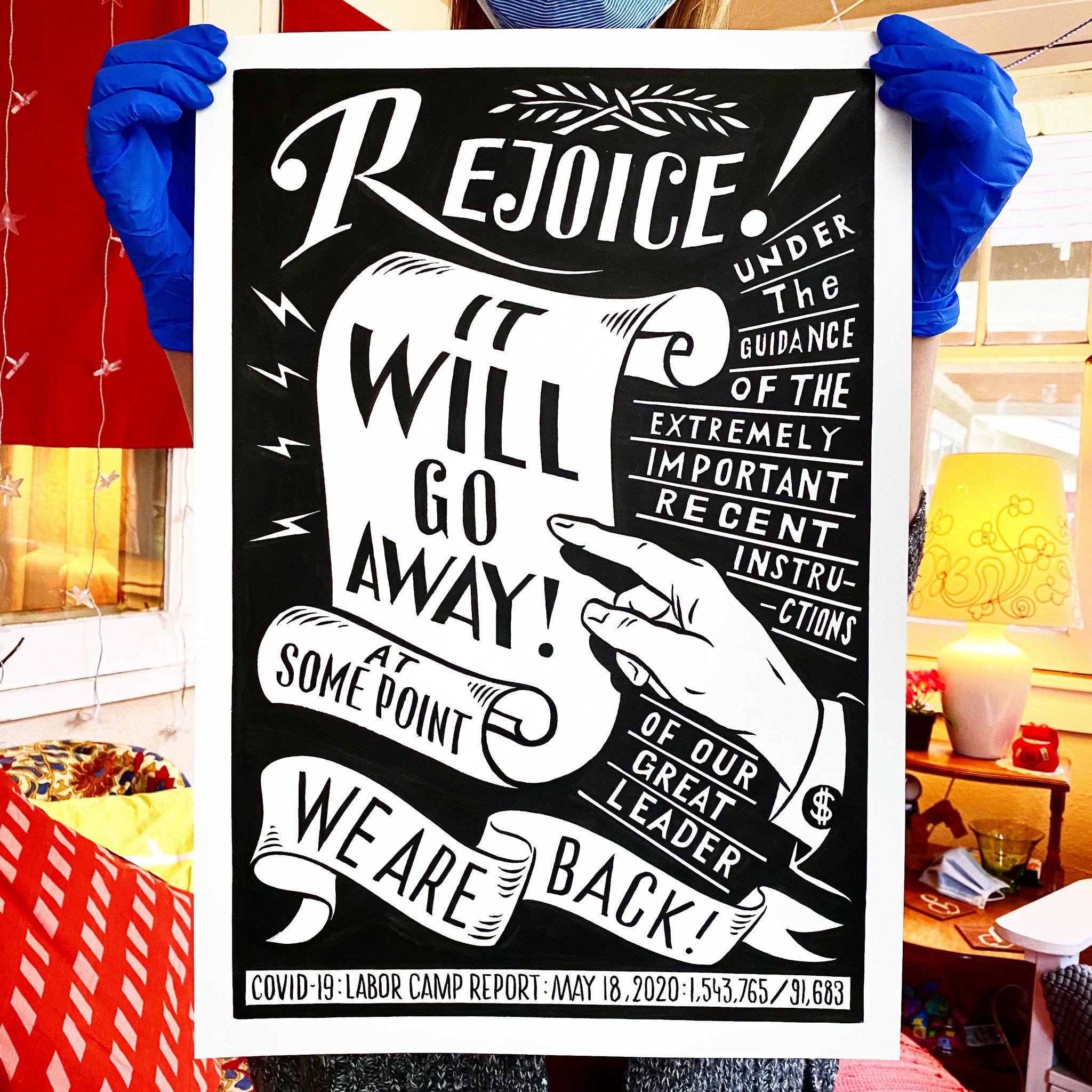
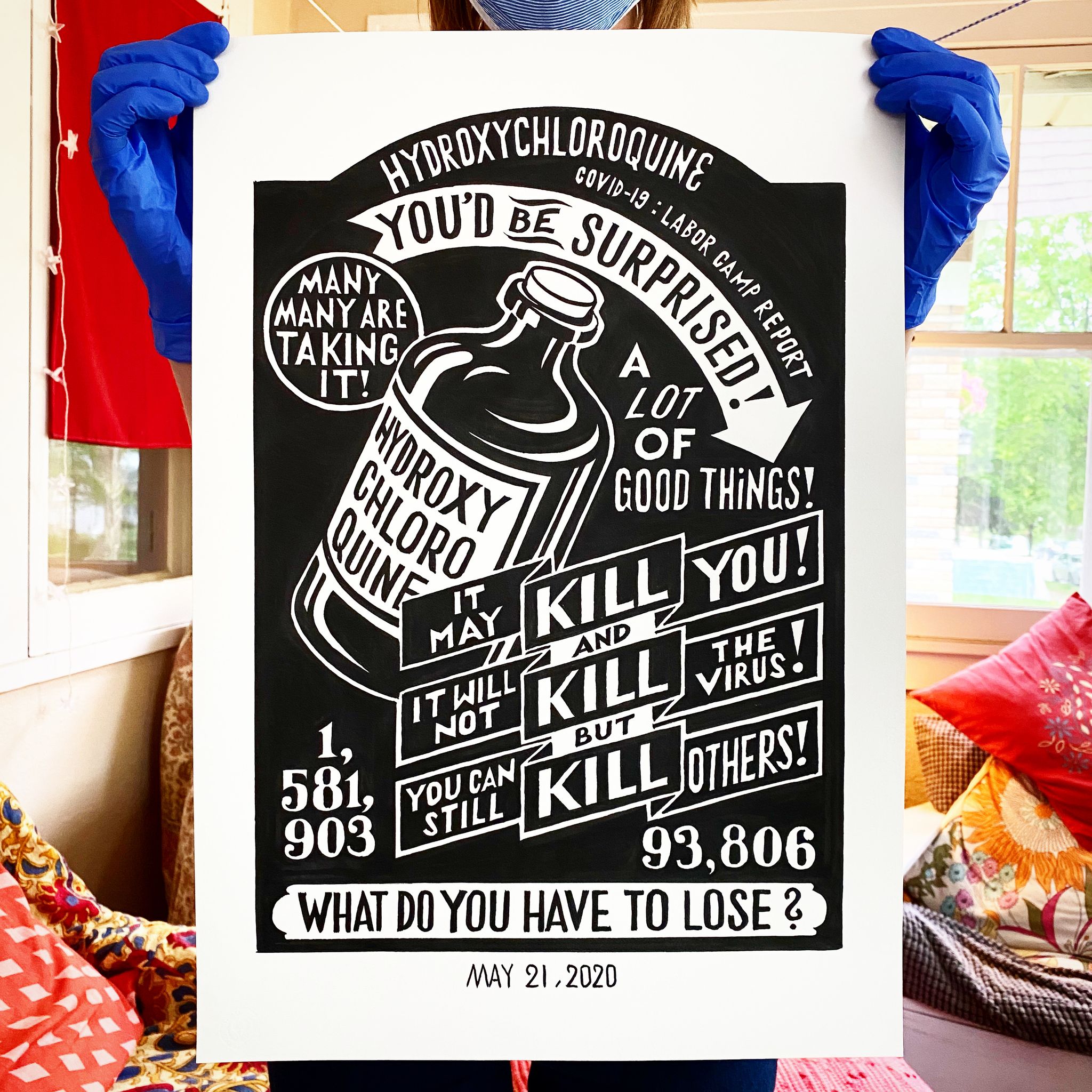

Wow, dedication.
Or something. 😅
Do you feel that these constraints, both in technique and in time, helped to push the project even further? I feel like limitations produce such a bounty.
Now, looking back it feels like some sort of haze. Honestly: I am not sure how I kept it going. Except to say that the innumerable conversations with folks really kept me focused and connected.
I totally agree with the idea of creative potential of “restraint”.
The visual language I adopted was very minimal. Even austere. And on many occasions lead me to a challenging formal/conceptual situations, which, in the end, I feel helped the whole work feel cohesive.
At the same time, I was able to develop a kind of formal “sub-genres” within the brushed ink limitations. So even though there are some dramatic formal shifts happening, it also, strangely, all somehow weirdly works together.
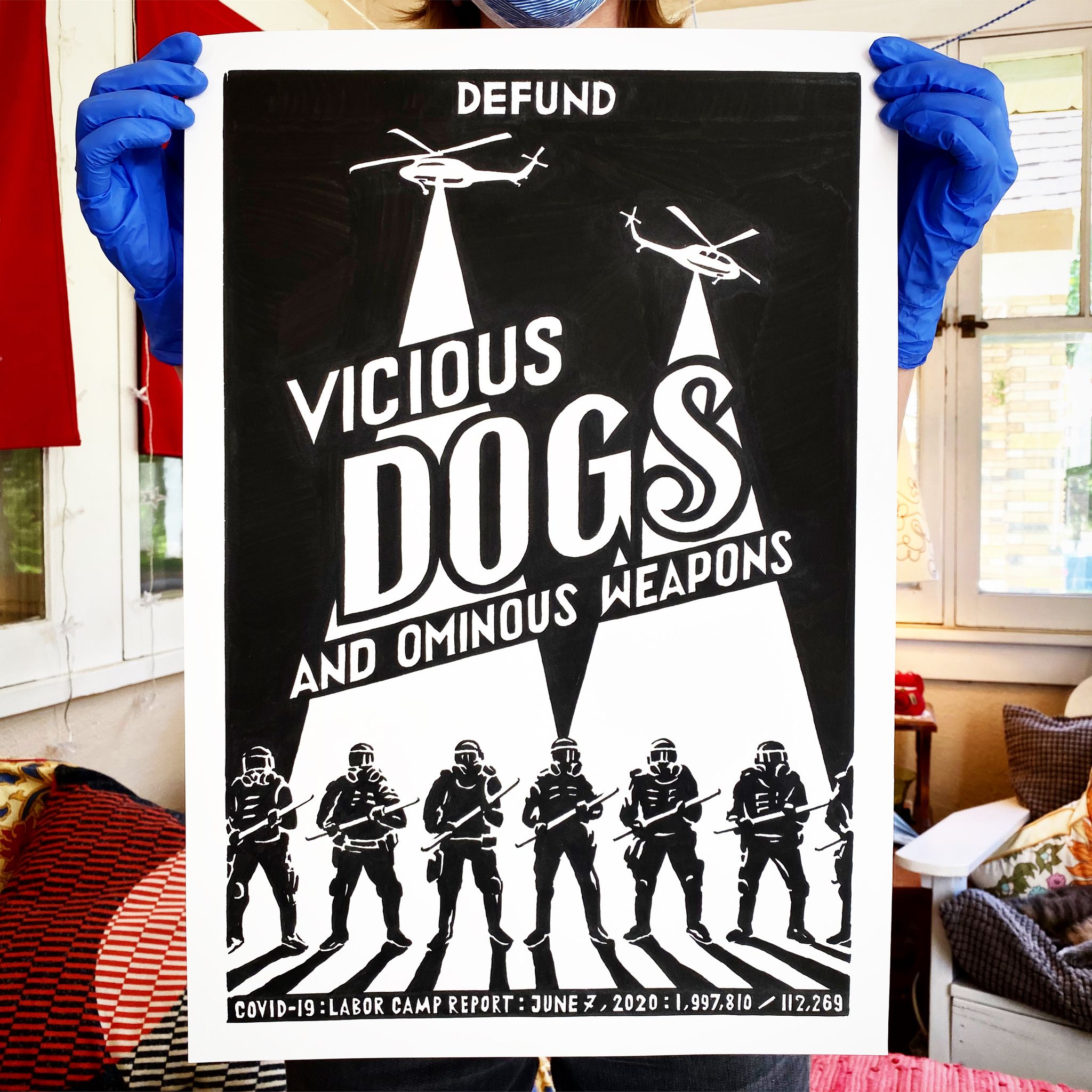
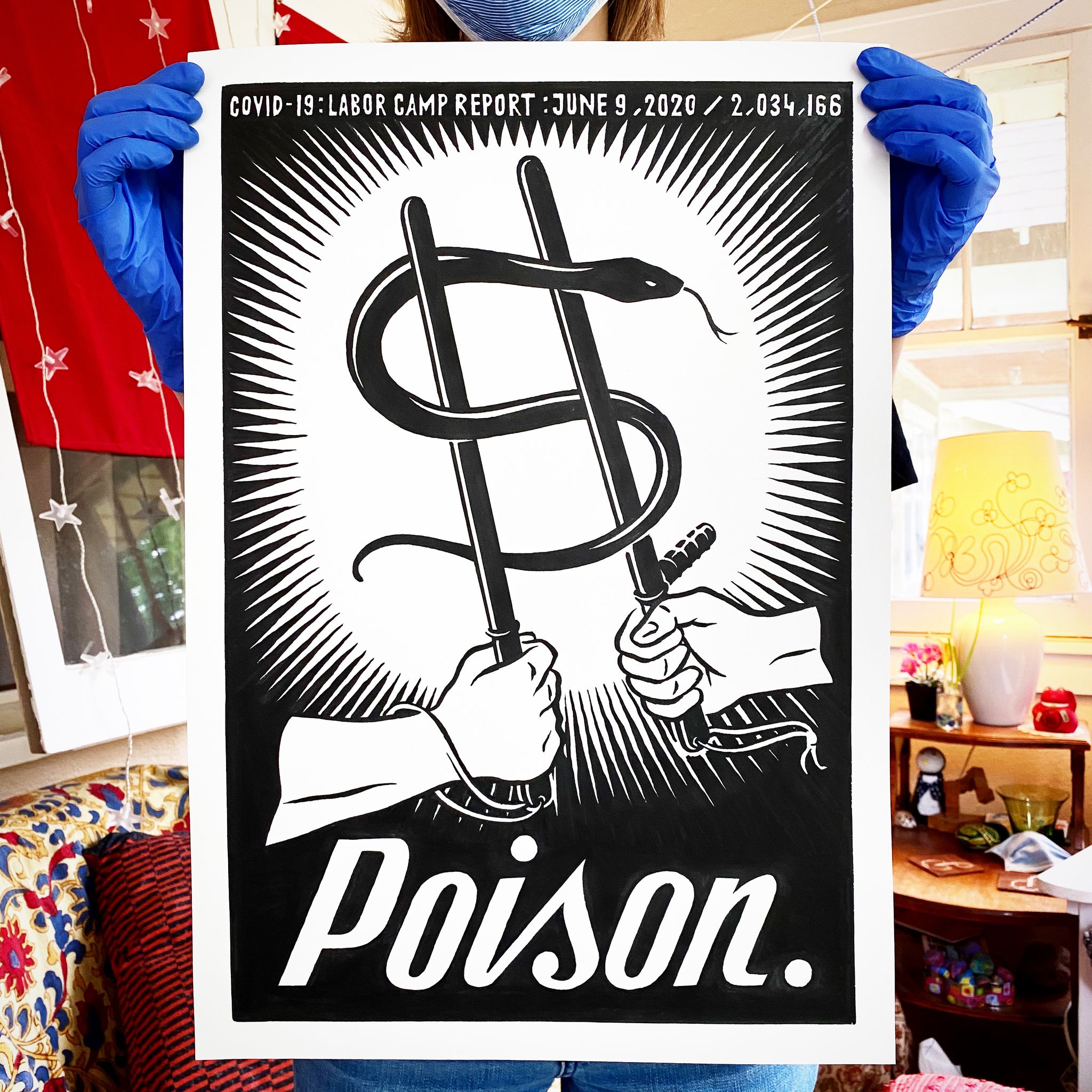

Yeah it's super cohesive. I want to go back to something you said about conversations with people around the work keeping you going. I noticed you’re very engaged with your audience, it’s one of the good things about social media, that this work can be surrounded by a vibrant community. Can you speak to what that experience has been like and how it’s helped you generally?
Yes. I really care about the sense of community that emerged from / around the work. I can speak to numerous aspects of that. The big thing for me is that I deeply believe in art as a social act. The way to negotiate the space between people: something that I always look for. This goes to many points, but ultimately, I always hope for the moment when folks take ownership of the work. It definitely happened with this work, but also with some other projects in the past. To me, that shared experience is the most beautiful thing about art.
In most rudimentary ways, I decided right from the get go, that I would reply to every single comment or question or message.
As you can imagine, this translated into many comment threads, but also many incredible individual conversations that happened in private messages... all absolutely instrumental in my understanding of just how intimately folks connected with the work.
So, while I was spending 8 hours making the piece, I was spending another 3-5 just writing with folks. Mostly total strangers.
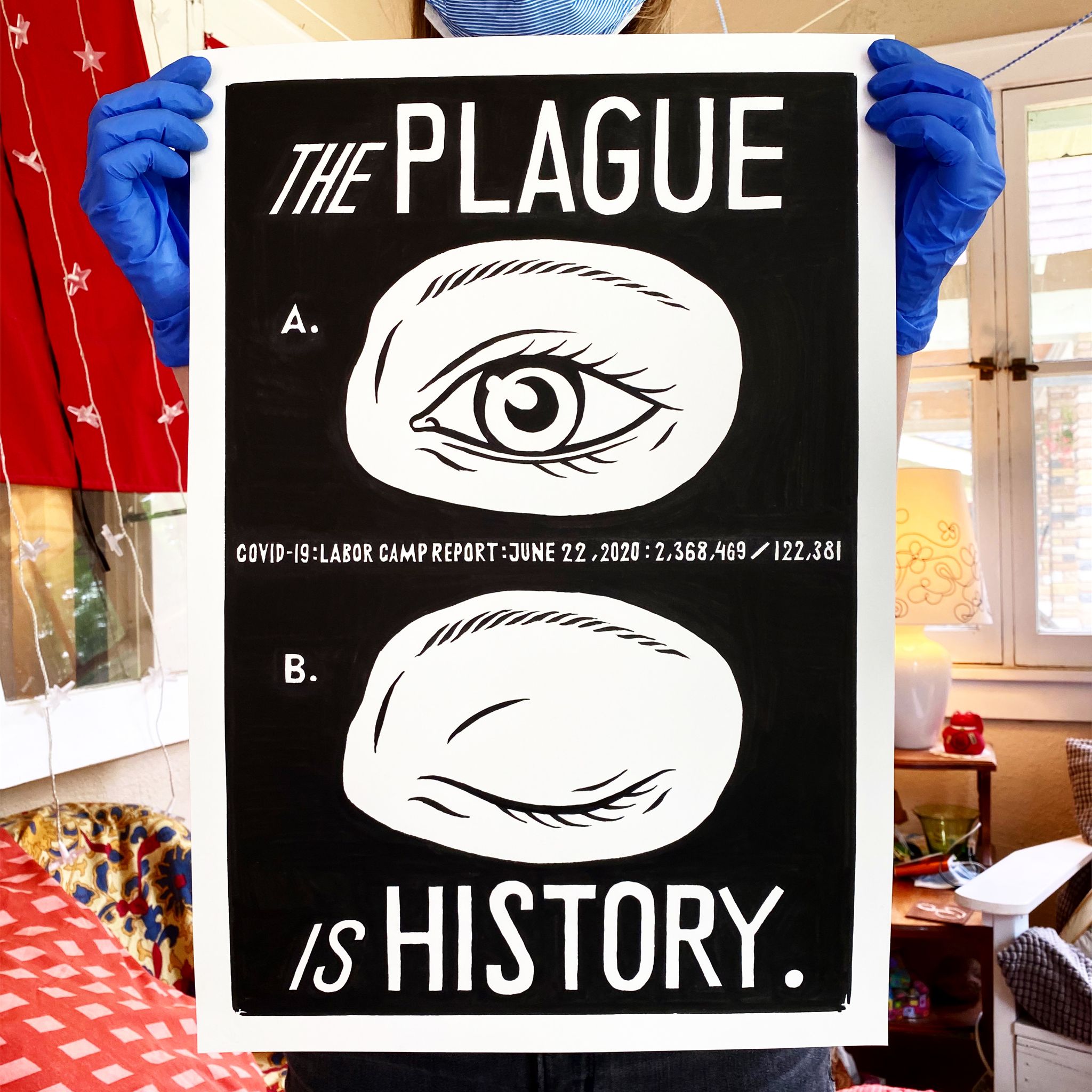


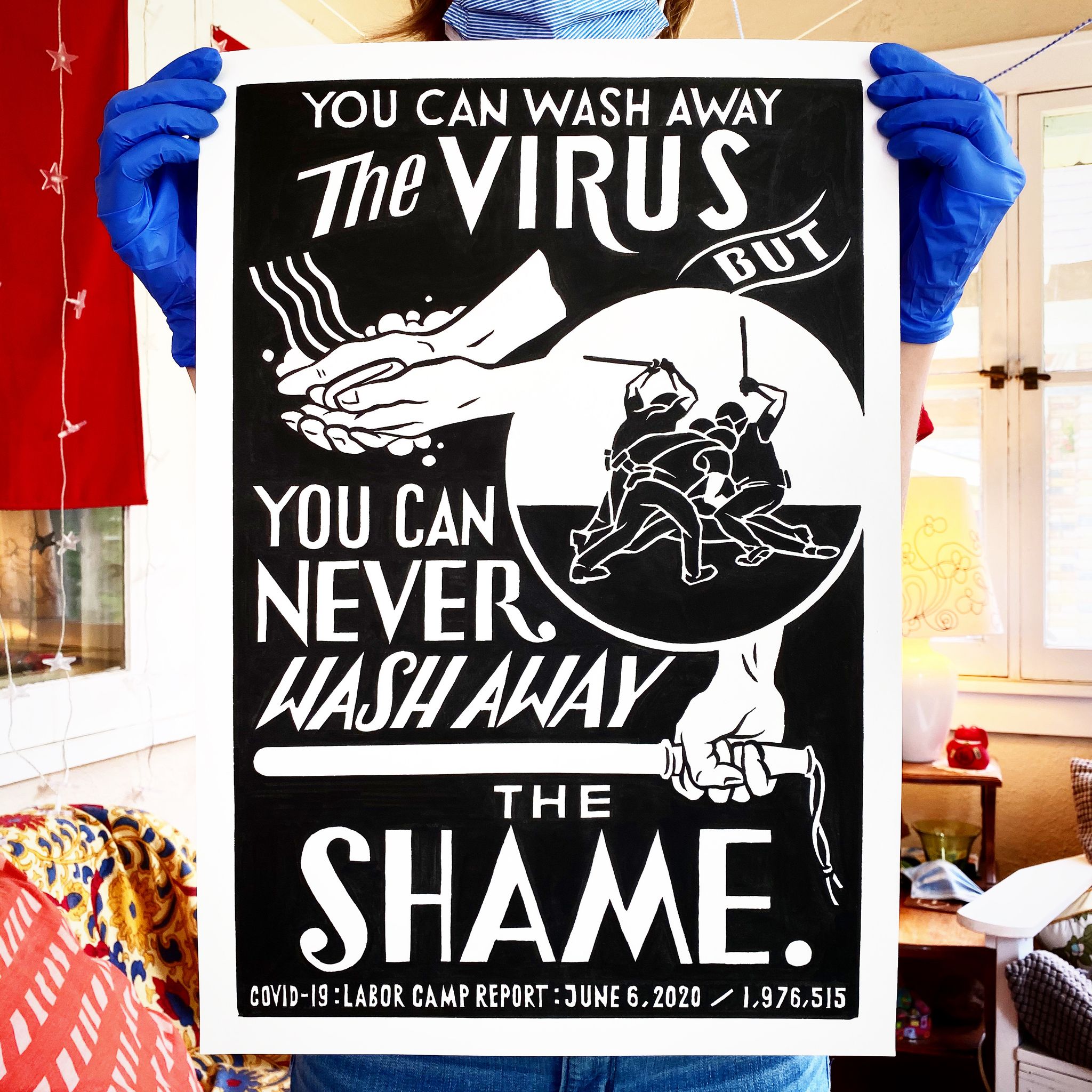
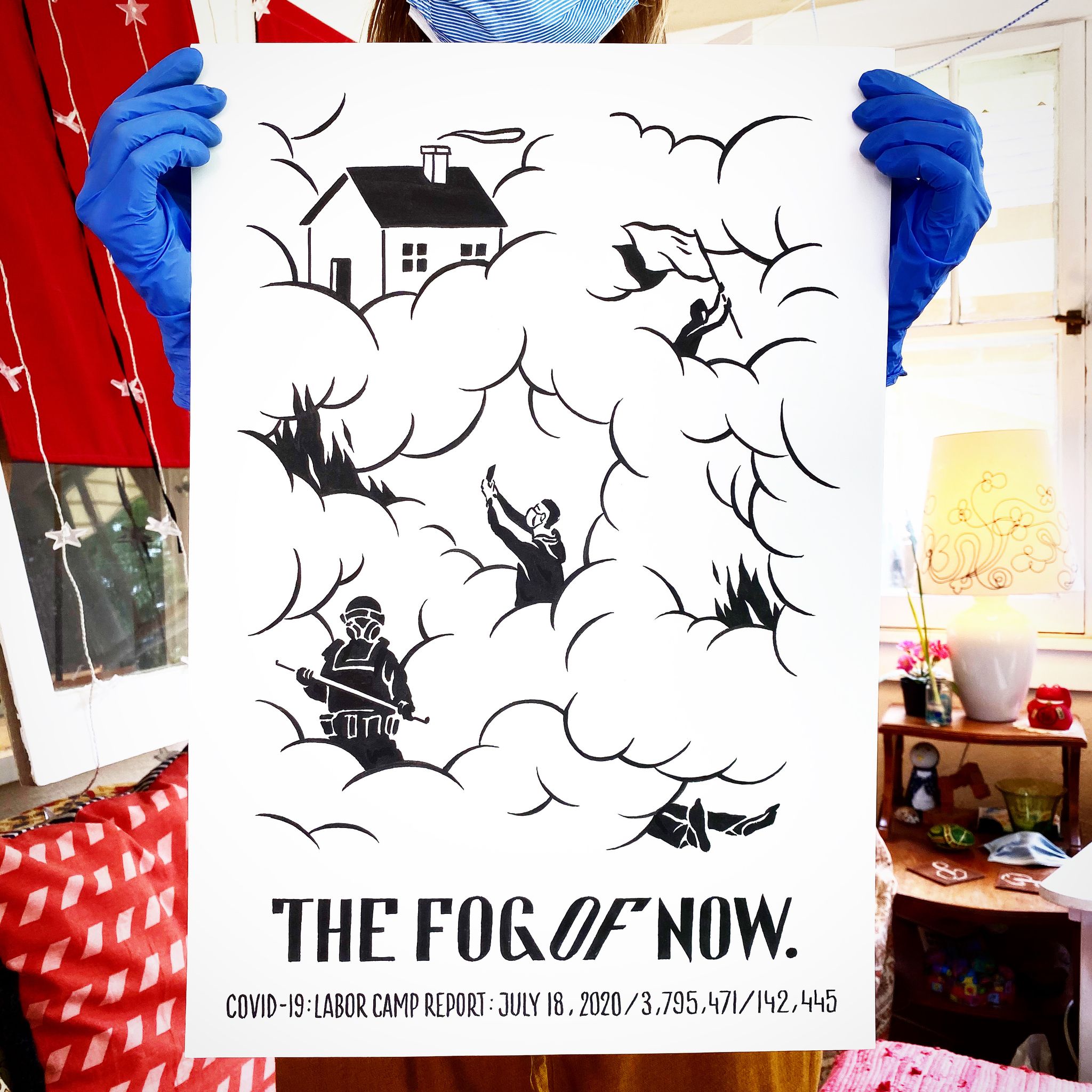
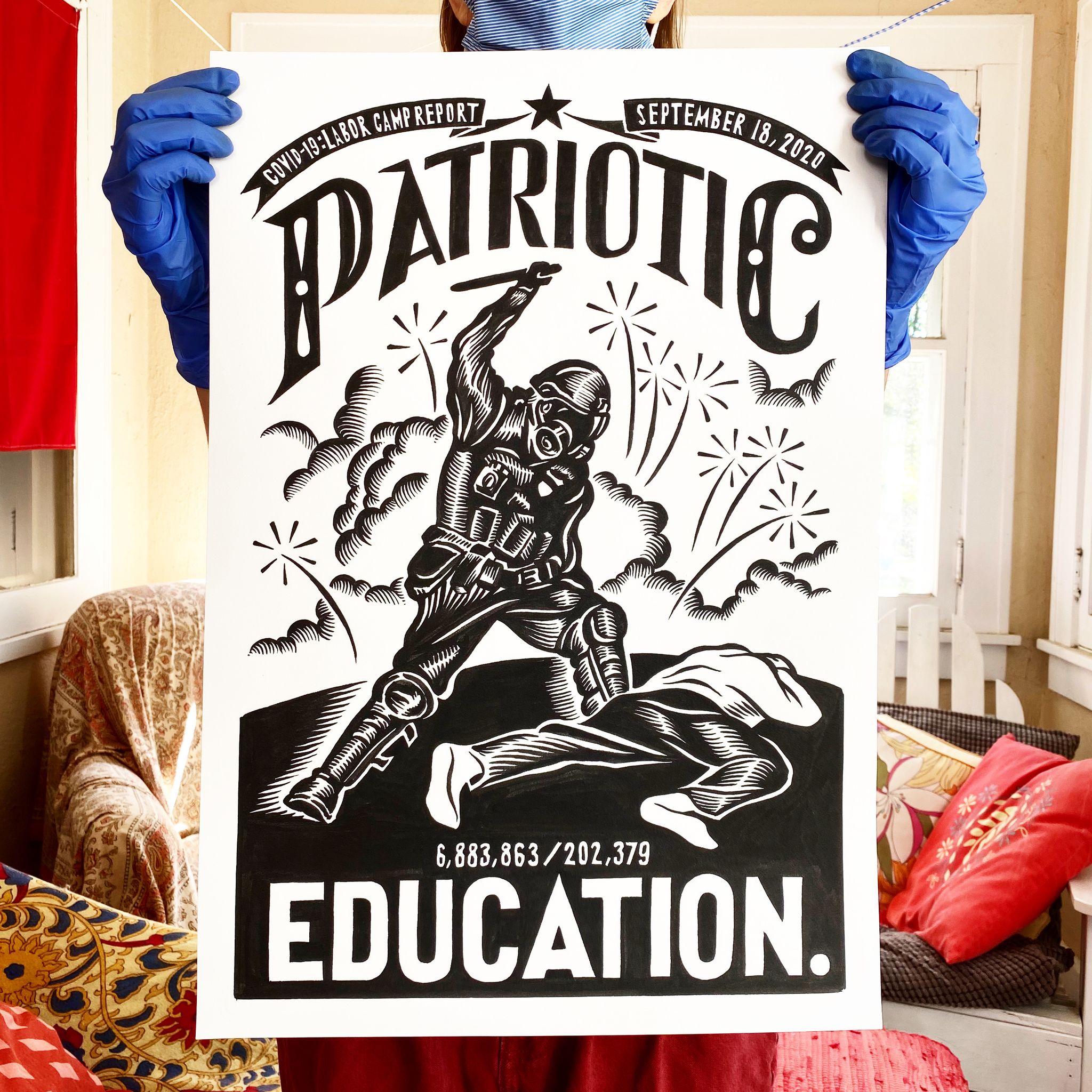
A light in these shadows.
It really was. Somewhere, maybe half way into the project, my own relationship with the work changed. Largely informed by those conversations. It was no longer me just expressing something, but rather me tending to this communal space: a garden of sorts, that so many decide to inhabit.
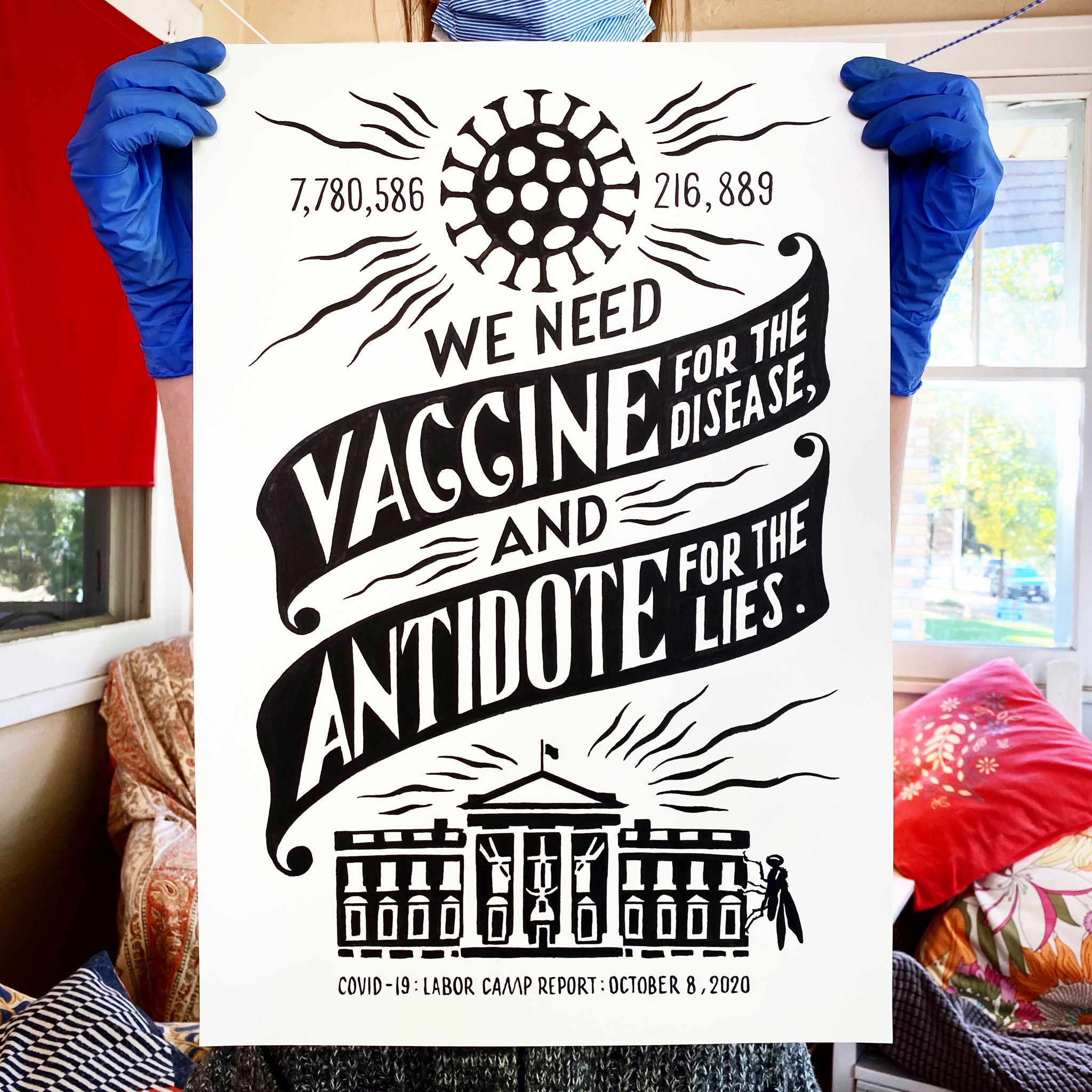
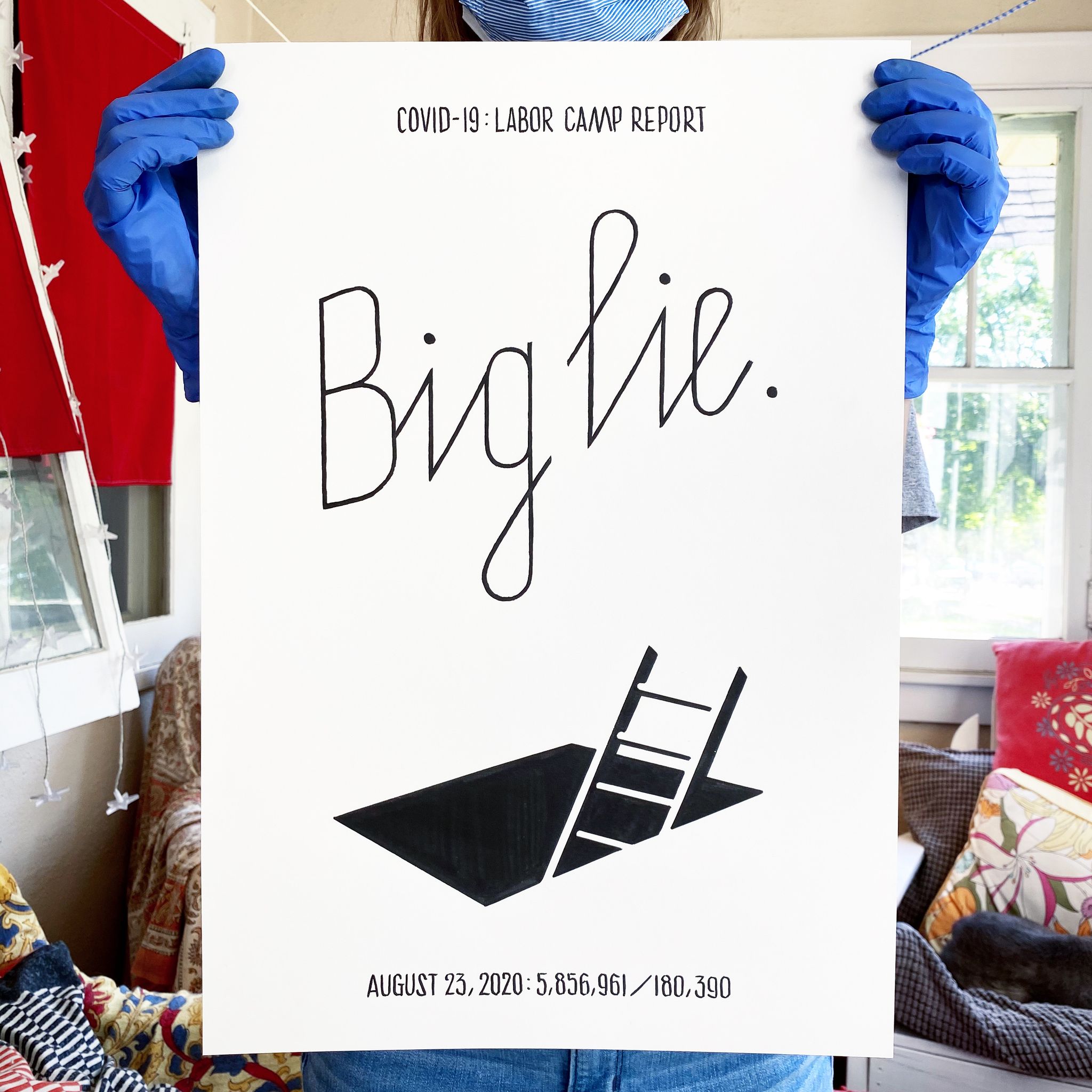

Wow that’s a beautiful metaphor for the space. Thanks for that. The effort shows. I love that part of the internet, how art can be a magnetic force to pull communities together, especially now when we are stuck behind screens. You also had a sold out print run it looks like. So this work is very much in the real world as well as the digital. Have those online conversations turned into offline success?
At some point people started asking for physical prints. And eventually it became clear that I would have to make that happen. It felt like a very natural extension of this concept of “ownership”. So I pulled some resources to get an edition out. My daughter and my wife helped me facilitate this process, and we were completely flabbergasted when the entire edition sold in just over ten minutes.
I love thinking about the fact that somehow the work that initially existed as physical drawings on my porch evolved into now, physical poster prints in folks’ homes.
I certainly did not plan it this way, but this whole project was an exercise in trusting the process... paying attention to how the energy of the work evolves, and where it leads. It’s all very humbling and inspiring.
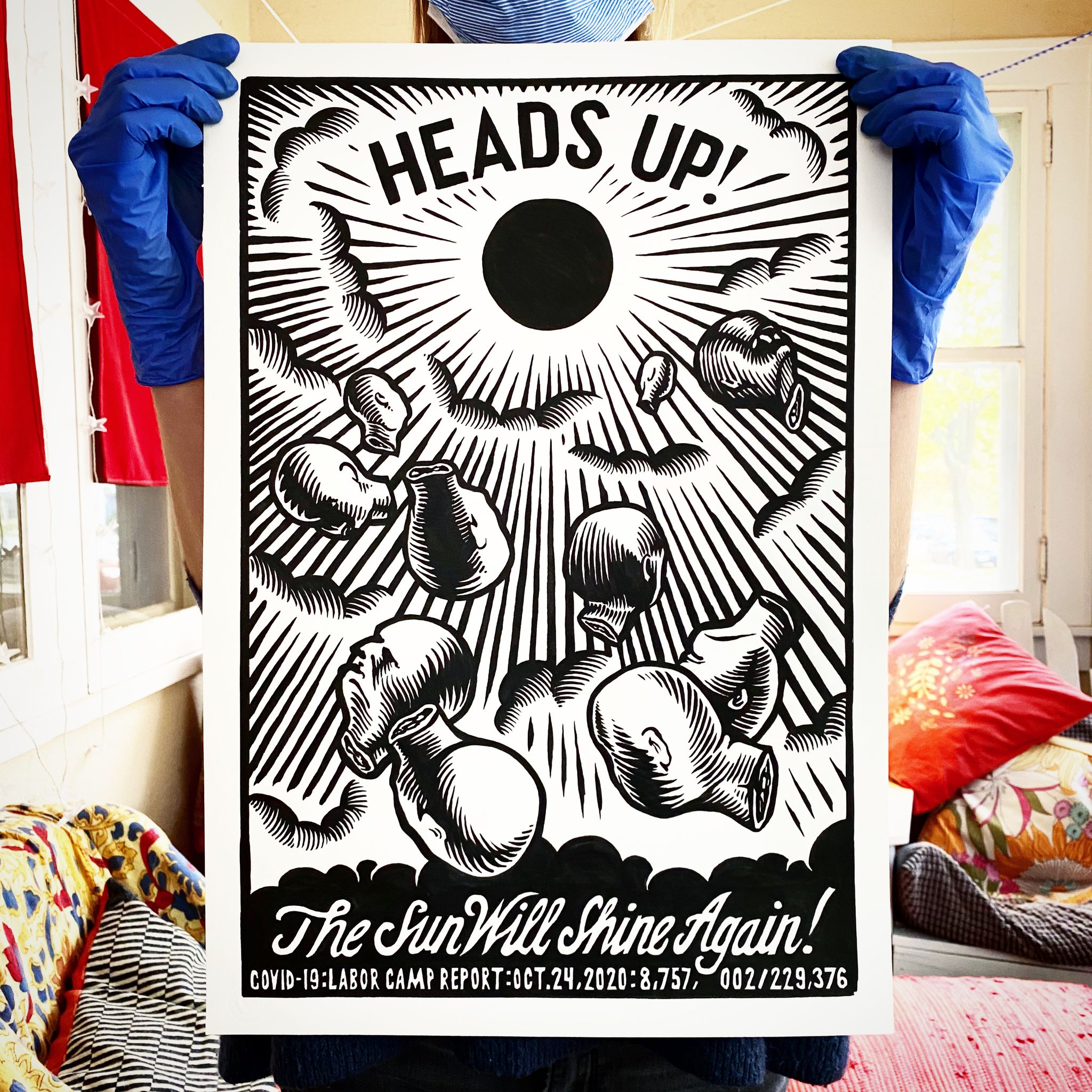

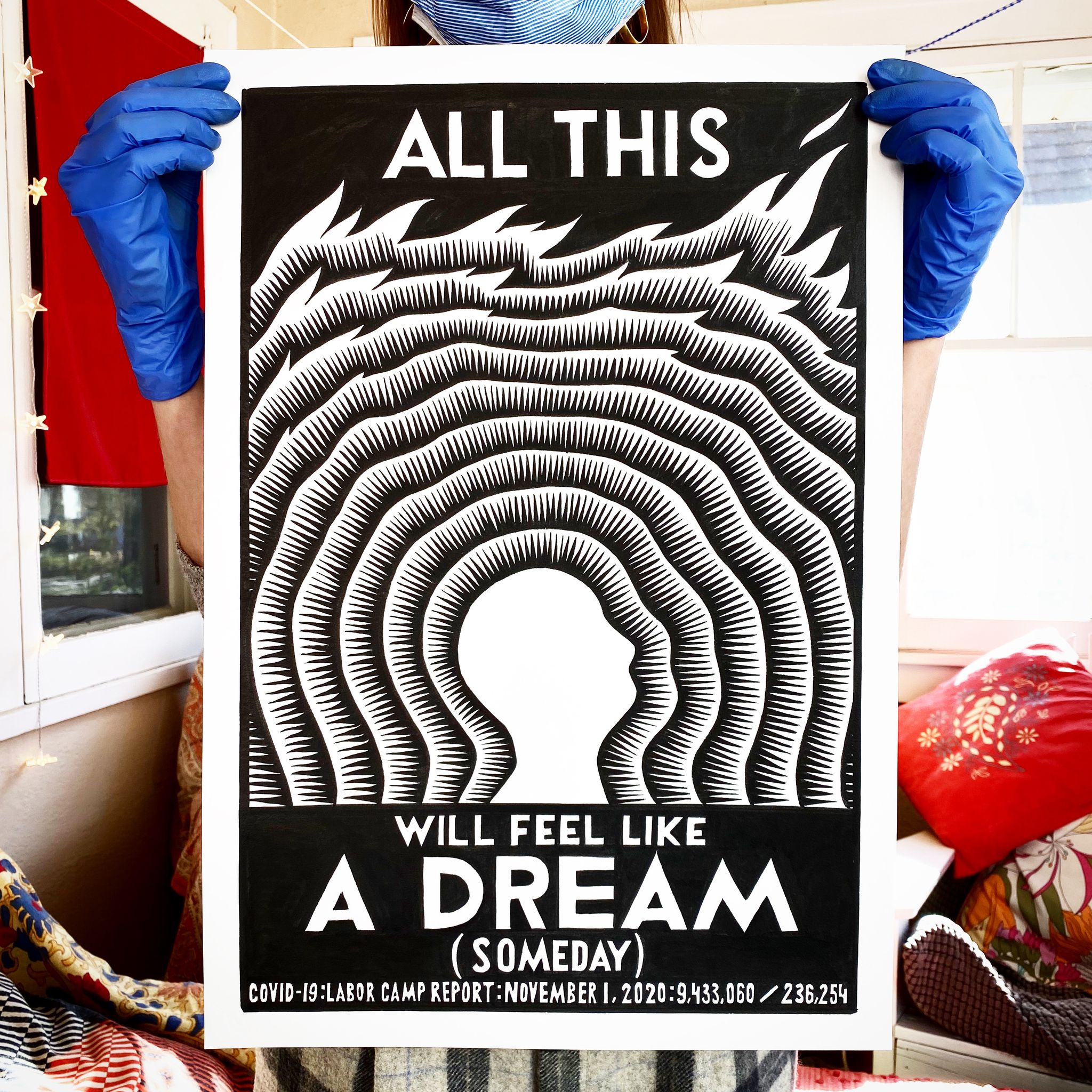
The best things usually come from doing them for their own sake. So I’m not surprised you’ve seen this success. I for one am a huge fan and I’ll be following closely to see how you continue to evolve and foster this community you’ve tended. What would be your advice to an artist who is earlier on their creative path, or about to take the dive into that type of journey?
This is hard. If I were to attempt to give a concise advice, it would sound trivial (work hard, trust your voice, work from your lived experience, etc.) But the truth is always infinitely more complex: I think the brilliance of art lies ultimately in its ability to convey nuance, subtlety, and richness, and to do it in a way that feels intimate and singular... a language that resonates powerfully with our individual experiences, yet, on a vast, shared scale. And I think the way to connect with that, is to pay close attention to how we are in relation to each other. How we are in relation to the world. All of this was brought out for a lot of folks by the communal experience of the pandemic... I think we were all suddenly forced to pay attention to each other in a whole new way.
What a wonderful perspective from Piotr Szyhalski / laborcamp. If you like this work, pre-order the book that contains this collection.
